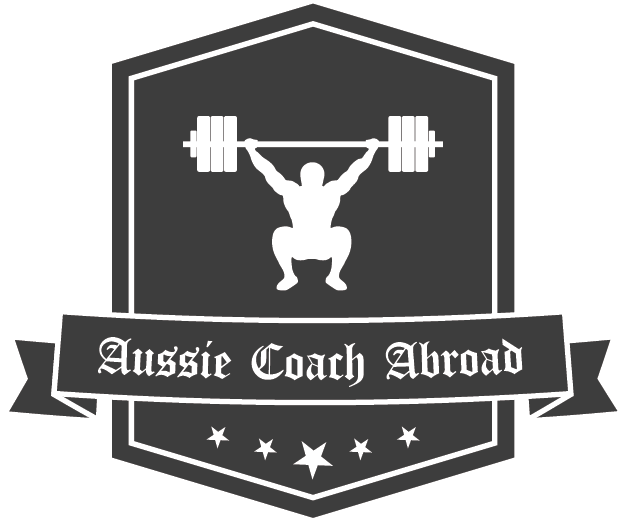Fundamentals of Kettlebells
So I decided to write this piece to elaborate on the fundamentals of Kettlebells. I believe that the Russian tool is often neglected in the modern Sport Performance program. I am incorporating some form of kettlebell work into every athlete's program. Depending on the athlete and time of year (phase), the exercise and sets/reps will vary.
I want to make it clear that kettlebells cannot replace some of the best athletic elements that barbells can accomplish. HOWEVER, kettlebells do provide many essentials that I believe athletes can (and should) benefit from. I have broken up different segments in which I incorporate kettlebells into an athlete's program.
Below you find a snip it from the short kettlebell seminar that I presented to the Sport Performance Coaches of Purdue University. The video is not the greatest quality but it gives you a slight idea of a Turkish Get Up demonstration;
Movement mechanics; Kettlebells can be a great tool to teach the Hip Hinge, especially when it comes to beginners with minimal body self-awareness. I will place the athlete roughly a foot (20-30cm) in front of a wall with a kettlebell in their hands. The three simple cues I use to teach the hip hinge with a kettlebell are;
- Drop the kettlebell between your ankles without bending knees
- Maintain a neutral spine
- Try to touch the wall behind you with your backside
In most cases, the athlete will be able to perform both of those cues proficiently. The next step would be to work on the final cue. Using the kettlebell, instead of a dumbbell, to teach the Hip Hinge makes a better transition to barbells due to the pronated hand placement and grip requirements.
GPP (General Physical Preparation); Kettlebell are a great tool during this phase to teach some fundamentals and build some work capacity. Presuming that the athlete has shown proficient movement competencies, goblet squats and swing variations can be taken advantage of to build work capacity. Unilateral kettlebell work can also be a great stepping stone to teach the single limb control prior to advanced barbell movements.
Strength; The majority of work in this phase is utilised with barbell work. However, kettlebells can still play an important role in auxiliary and speed-strength work. The Turkish Get Up can be a great auxiliary exercise to train multiple fascial lines while integrating the 'core' under fatigue. I will ALSO use heavy Turkish Get Ups as a primary exercise if I am looking for time under tension, but again depends on the programming.
Speed-Strength; Kettlebell swings are a GREAT exercise to develop some speed-strength for the posterior chain. This is unique due to the low load, high velocity aspects of the movement. More specifically, when looking at the force-velocity curve (below), sprinting would be at the bottom (speed) due to the low force, maximum velocity. On the opposite end would be maximum strength, such as 1RM squats, deadlifts, bench etc. Therefore, multiple swings place an appropriate load on horizontal and vertical forces [1] with a high level of velocity (on the posterior chain).
Force-Velocity curve
Obviously there is a lot more detail and aspects to the fundamentals of kettlebells, but for the purpose of this article, I tried to just touch on each aspect. Now, this is my application of kettlebell work based on prior knowledge and experience. There may be some other methods and styles used.
Thanks,
Coach Alex
[1] McGill SM, Marshall LW. Kettlebell swing, snatch, and bottoms-up carry: back and hip muscle activation, motion, and low back loads. J Strength Cond Res. 2012. 26(1):16-27.

